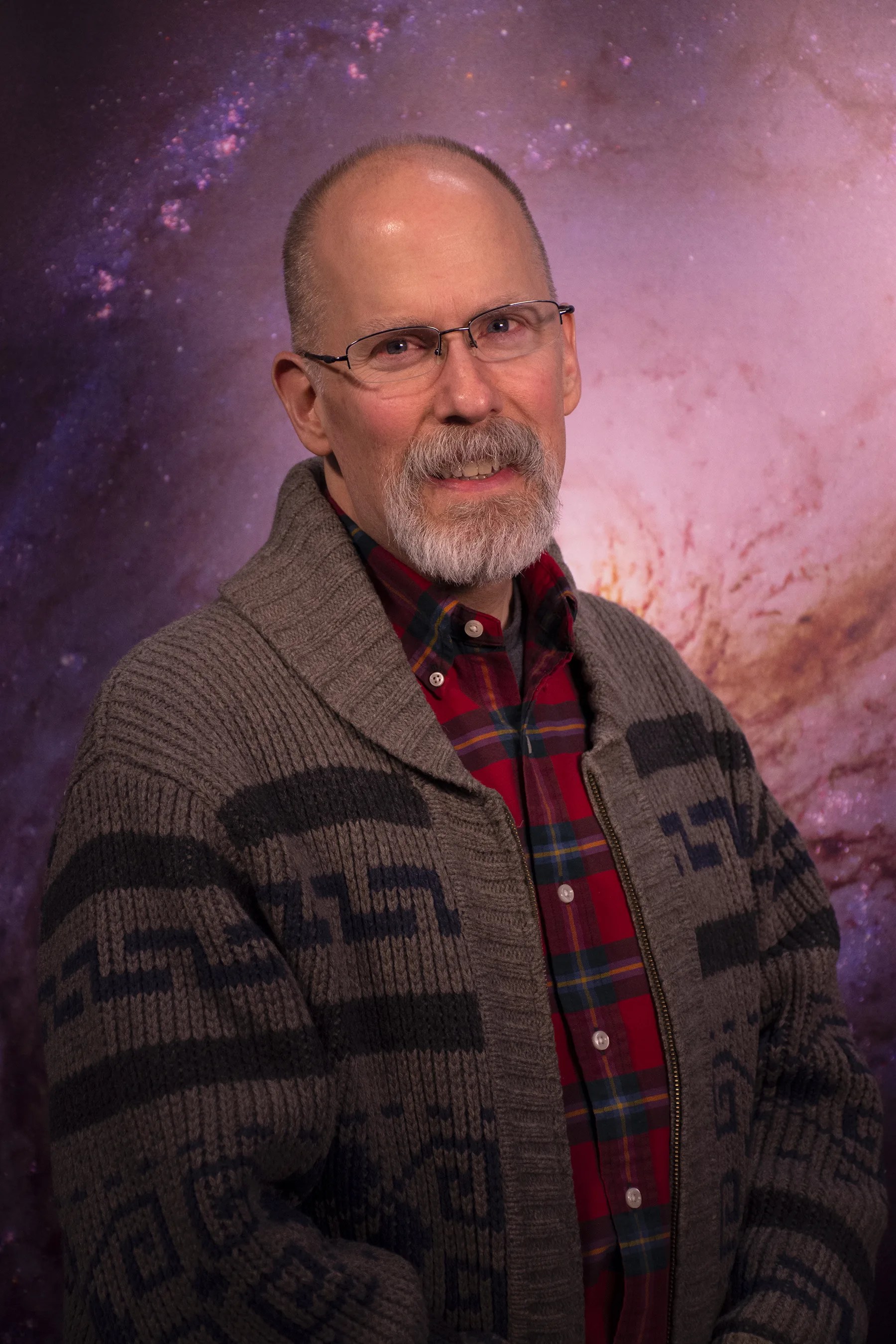
Jim Reis
Ground System Manager
When people think of the Hubble Space Telescope, certain images come naturally to mind: the star-scattered darkness of space, the glow of distant nebulae, the slow orbit of the planets.
But a good part of Hubble operations are much more down-to-Earth. Hubble is run through a sprawling network of facilities, equipment and employees here on the ground. Jim Reis is the ground system manager, overseeing the people who maintain that system and ensure that it functions smoothly.
When changes to the spacecraft occur, the ground system, designed to be highly flexible, must also change. Jim’s team ensures that all parts of the ground system remain capable of supporting the telescope through the planned and unplanned changes over the life of the mission.
Jim grew up in Pittsburgh, Pennsylvania, where his father encouraged his interests in computers, programming, and in getting a higher education. He received a bachelor’s degree from the University of Pittsburgh and a master’s degree from the Johns Hopkins University in Maryland, both in computer science.
While finishing school, he worked as a programmer for Corporation Information Systems, Inc. (Ciscorp), helping to automate facilities for a finishing mill in Pennsylvania where steel slabs were rolled into sheets. While working at the steel mill and attending school, he attended a NASA recruitment event and eventually interviewed at Goddard Space Flight Center in Maryland.
“When I walked through the halls of the building I saw that they had a mixed environment with different types of computers,” he said. “What really interested me was the flexible environment they had and the variety of types of programming they were doing. I was talking to the team and they were very excited. It was the environment behind the scenes at NASA that attracted me to NASA.”
Jim joined Goddard in 1991 and the Hubble project in 1996. He is responsible for any ground computer associated with Hubble, including the computers that command and control the telescope and monitor its health and safety, and the simulators that test software before it’s uploaded to Hubble. The computer systems need to be kept current, and the ones that can’t be kept current need to be isolated and protected behind firewalls that keep them safe from viruses and hackers.
One of his favorite parts about working for Hubble has been the servicing missions to repair and upgrade Hubble, and the challenge of making sure all the ground computer systems were ready and running by the deadline of a year before each mission — and then keeping them ready to go up until the mission launched. “I really enjoyed that mark in the sand,” he said. “It was enjoyable in preparation and in execution. It’s an accomplishment, and we did it over and over again. It’s a credit to the team and the environment. It’s a good feeling.”
Another success was automating flight operations tasks so alerts and events monitoring could be done by computers instead of a team of people watching Hubble around the clock, allowing people to focus on other, more critical tasks. Jim’s job involves a constant focus on change and improvement. “We need to make sure we are as good as today as we were five years ago, and in five years we need to be as good as we are today.”
Jim and his wife live in Bowie, Maryland. They have two children. He said that strong family values and a strong work ethic guide his actions, both at home and at work. “In our society, self-worth is sometimes based more on how often one is served than on how much one serves,” he said. “For me, it is an incredible experience and privilege to serve the NASA community and work on one of NASA’s flagship missions.”
